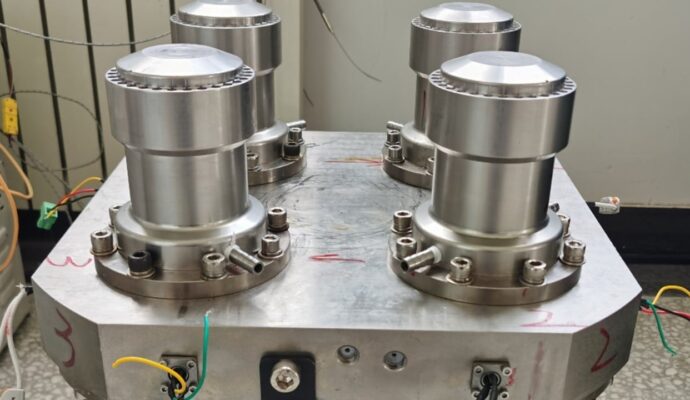Harvard University theoretical physicist Avi Loeb, who was not involved in the research, hailed the discovery as “extremely important in confirming our theoretical ideas about the first generation of stars”.
Loeb said first-generation stars are among the universe’s biggest unsolved mysteries. Scientists predicted that they formed from pristine gas after the Big Bang and were made of just hydrogen and helium, without the heavier elements that were synthesised in the cores of later giant stars.
Astronomy theory also suggested that these ancient bodies may have had masses equivalent to hundreds of suns and went through a unique partial explosion when they died.
The first-generation stars were short-lived and very hard to detect, leaving only their chemical signatures in the next generation of stars.
For their groundbreaking study, Zhao Gang from the National Astronomical Observatories of China and his colleagues sifted through the spectra of more than five million stars gathered by LAMOST.
The information included chemical composition, temperature, brightness and other key properties which the scientists compared until they found a candidate, dubbed LAMOST J1010+2358.
At about half the sun’s mass, and some 3,300 light years away in the galactic halo, the star was extremely low in metals such as sodium and cobalt.


